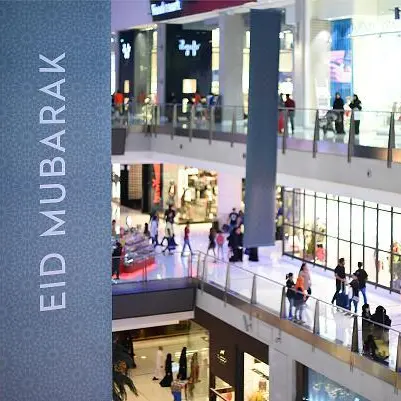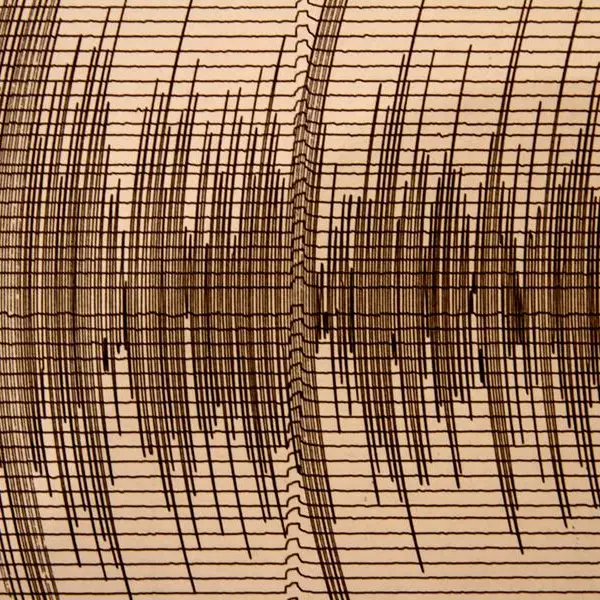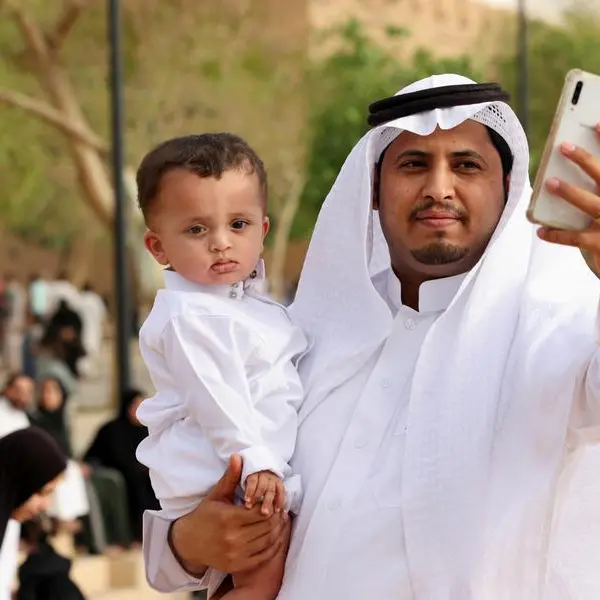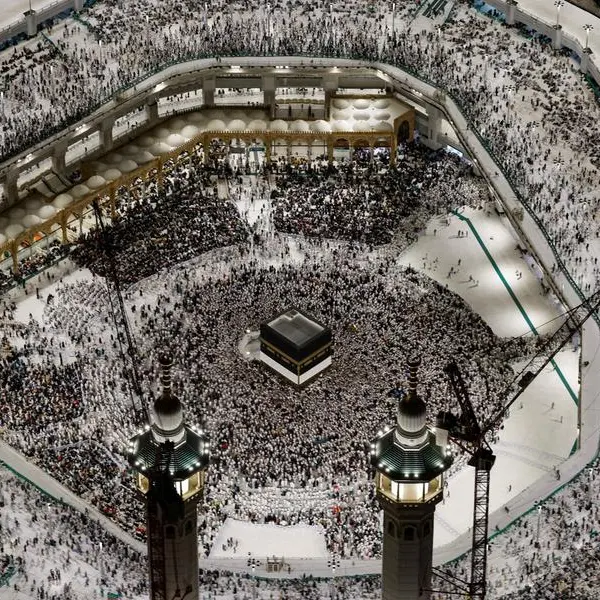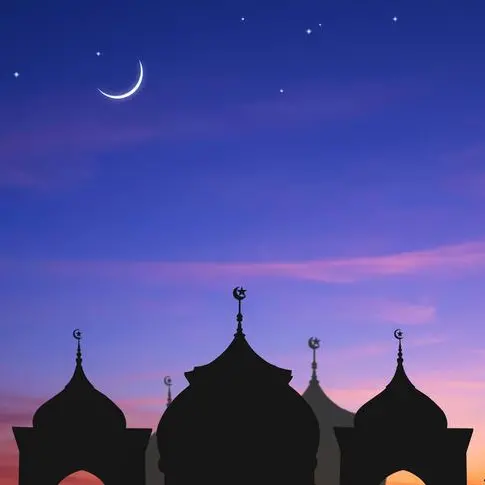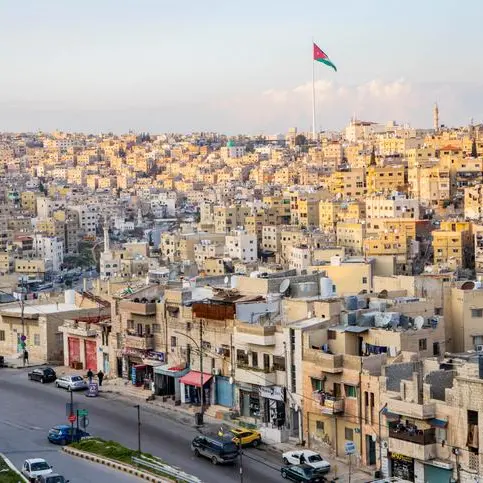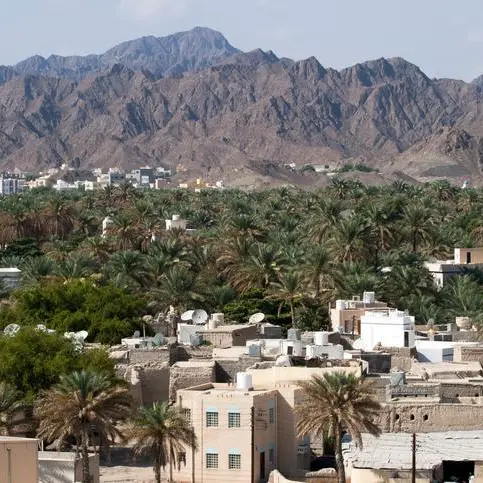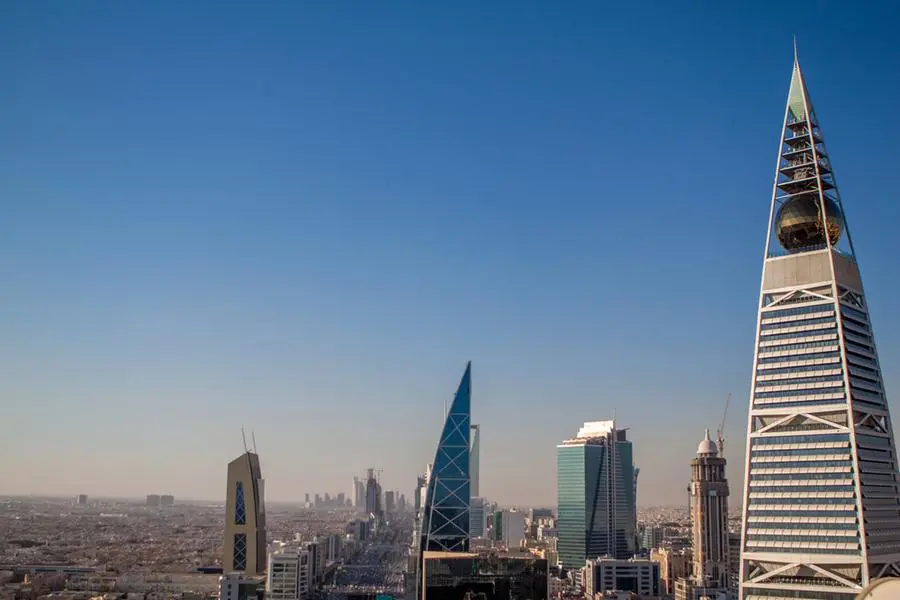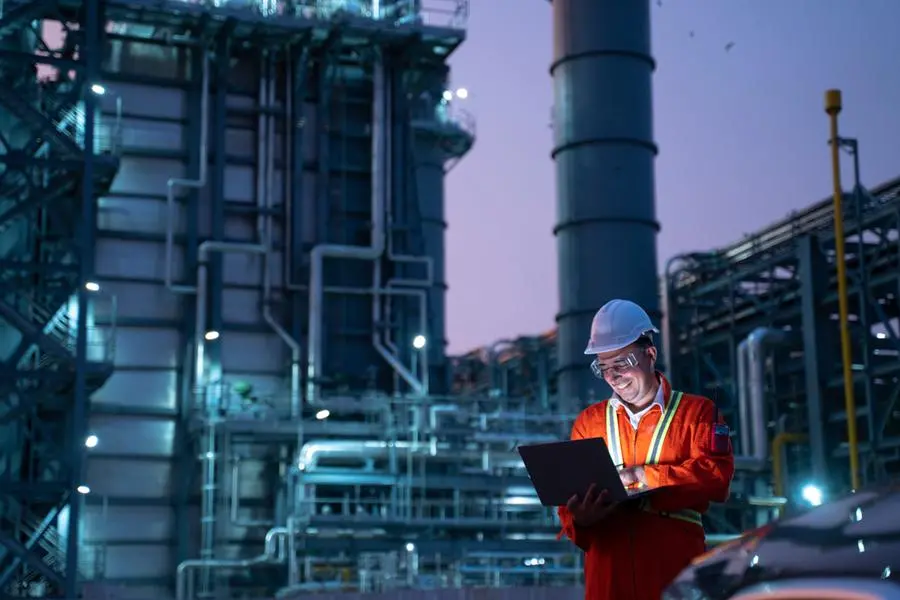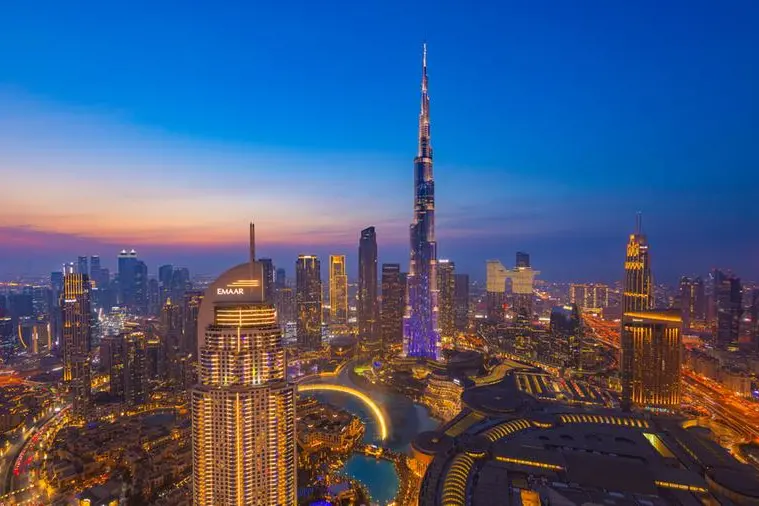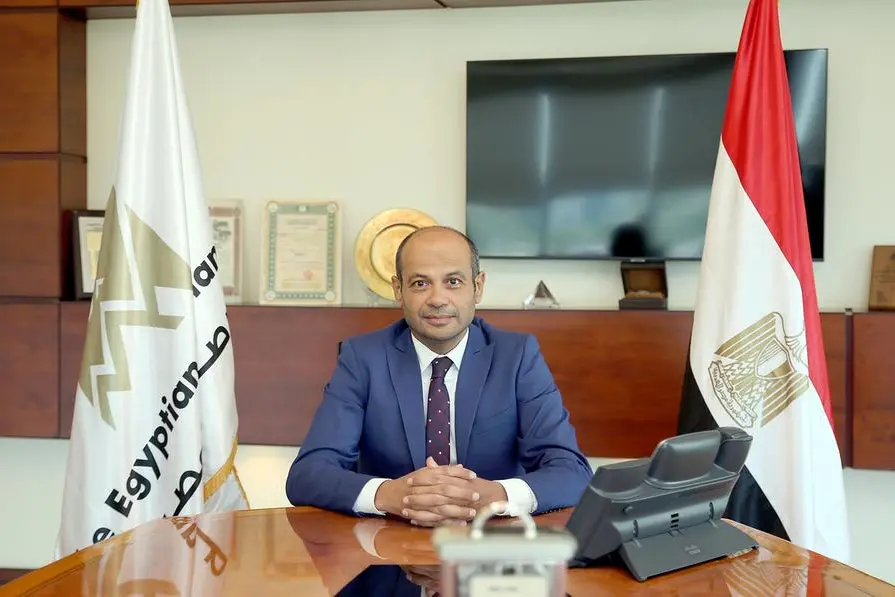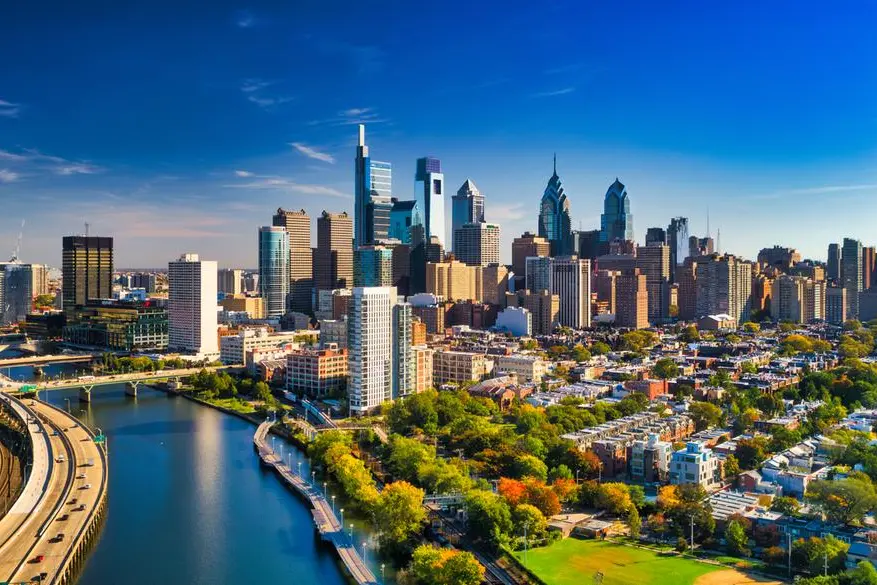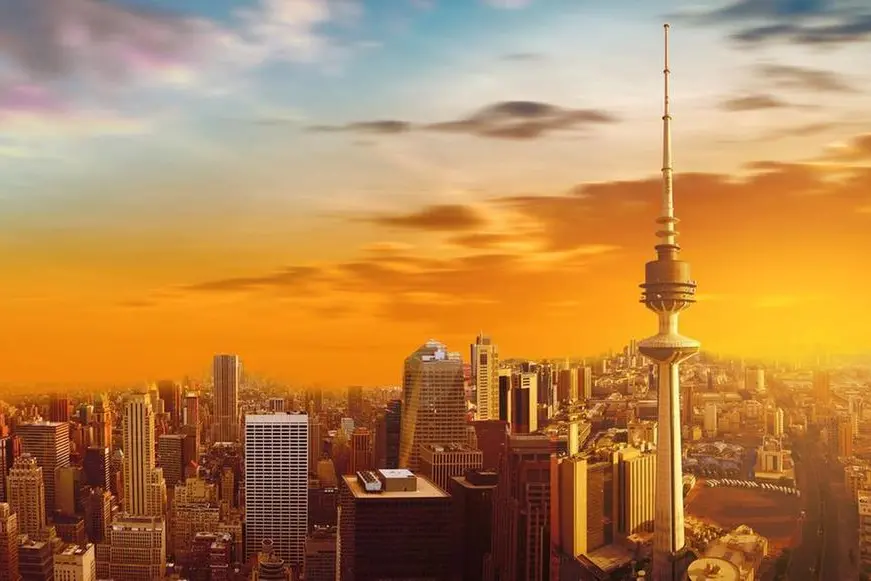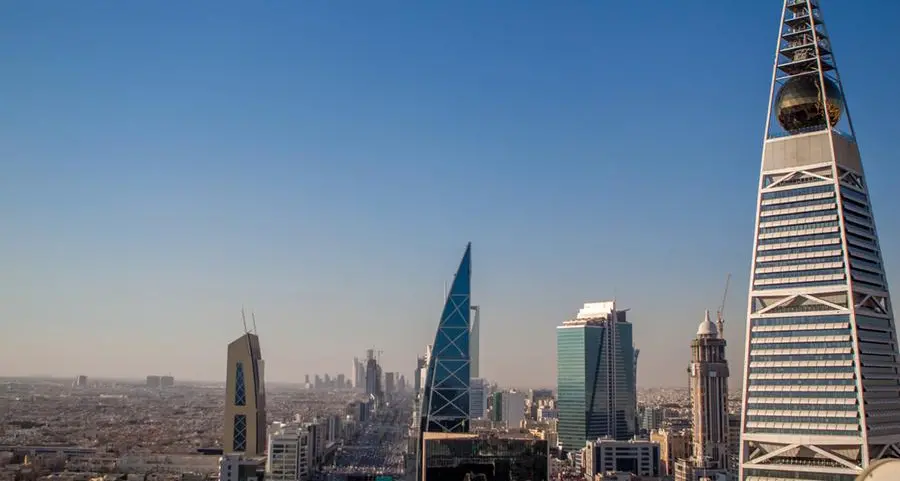Centuries ago, Al Ula was one of the most cosmopolitan cities on earth; today it is the cornerstone of Saudi Arabia’s ambitious tourism project… The GDN explored the stunning beauty and rich heritage of Al Ula, a gem that has been hiding in plain sight. I spent the weekend genuinely stunned by the natural beauty, fascinating history and rich heritage of Al Ula.Set in a serene location 300km north of Medina, I boarded a plane from Riyadh as one of a group of journalists from the GCC to explore the city’s archaeological treasure trove.
Turns out, Al Ula was an essential stop between the Mediterranean region and the Asian continent, with its valley creating a perfect environment for civilisations such as the Dedanites, Lihyanites, Nabataens and even the Romans to settle and flourish.
Saudi authorities aim to turn the city into a world-class tourist destination by developing it into one of the country’s most important archaeological and cultural destinations.And, trust me, they’re not going to find any trouble marketing Al Ula, with sites such as the Elephant Rock, Madain Saleh, Dadan, and the Old Town, alongwith intricate thousand-year-old stone carvings found on parts of the mountain range.
The city is also geared up to host adventure seekers with hiking trails, camping trips, 4x4 excursions and hot air balloon rides.
I know, I’m starting to sound like a promotional advertisement, but you would too if you spent three days falling in love with every corner of this desert oasis that has, literally, been hiding in plain sight all along. Each site we visited, we were in awe of magical stories of the ancient civilisations and the magnificent beauty of the Arabian desert that leaves you wanting to uncover more of its secrets.
This hidden gem is not open to the public yet, as our group was invited to attend the opening of Winter At Tantora, a festival running for 12 weekends to celebrate Al Ula as the cradle of the region’s culture.Until March 7, the festival will showcase the best of regional and international culture, music and the arts.
The centrepiece of the celebration will take place in a concert hall called Maraya, Arabic for mirror, where some of the world’s greatest musicians will take the stage.
A 500-capacity theatre built in the middle of nowhere with a mirrored façade to reflect the timeless natural beauty of Al Ula – it is a true testament to the future vision of Saudi Arabia.A sort of trial phase for plans to open up tourism inAl Ula by the end of 2020, we experienced the locals’ generosity, the raw beauty of surrounding mountains, and the massive infrastructure built to prepare the city for international visitors.
The city is a place of extraordinary natural beauty and cultural heritage, its rich history is on full display, with many sites opened, during the festival. The ancient cities of Dadan and Hegra took my breath away with their structures mapping out the lives of earlier civilisations.We were guests of the Royal Commission for Al Ula, whose extremely professional and knowledgeable teams guided us through the city and made sure our every need was met.
I was particularly proud of the fact that the teams consisted of many young Saudi women. As Bahrainis, the concept of gender equality and female leaders in the workplace has become second nature to us.We’ve been lucky to have pioneering women pave the way for the younger generation, along with unconditional support of the leadership in not only empowering women but ensuring equality is part of the country’s DNA.
So, watching these young women in action to drive forward the modern vision of Saudi Arabia was quite impressive and encouraging!It became a kind of a full circle moment too, as we learned that archaeologists discovered from carvings in some of the grave sites, particularly in Al Hijr, that women at the time were decision makers in society. Formerly known as Hegra, the archaeological site in Al Hijr, also known as Madain Saleh, is the largest conserved site of the civilisation of the Nabataeans, who were from south of Petra in Jordan.
You can clearly see the resemblance in the architecture of many structures in Al Hijr to that of Petra.It features 111 monumental tombs, 94 of which have decorated facades, dating from the 1st century BC to the 1st century AD. Along with water wells, cave drawings and some 50 inscriptions of the pre-Nabataean period, the site is an example of the civilisation’s architectural expertise.
I could have spent hours listening to the guides vividlydescribe treasures found at each site and routes taken by these ancient civilisations, as Al Ula connected the Arabian Peninsula with the Mediterranean and Asian worlds.
The city became a hub of commercial and cultural exchange because a lush oasis valley ran through it, creating an ideal environment for civilisations to flourish.Prepare your trip’s schedule in advance, and do some research, because you’ll want to spend enough time hitting all these magnificent sites, including Jabal Ikmah, Jabal Ithlib and Dadan.
Dating between the 2nd and 6th centuries BC, with some archaeologists dating Dadan even further back, this site was the capital of the Dadan and Lihyan kingdoms.It was considered one of the most developed cities on the Arabian Peninsula and excavations have uncovered colossal human figure sculptures, possibly from inside a temple, along with lion tombs featured on its mountains.
Walking amidst the serene mountain surroundings to discover the ruins of the Old Town, with local produce, crafts and cuisines being showcased at Wadi Al Qura market should also go on your list.As part of our tour, we also visited the remains of the Hijaz Railway – yes, you read that correctly.A 1,320km railway track built in 1900 between Damascus and Medina, passing through Al Ula.
It was one of the principle arteries of the Ottoman Empire and was targeted by Lawrence of Arabia during the First World War.I can go on about the breathtaking views from the restaurants built in the centre of the mountains, or the experience ofvisiting lush green farms surrounded by desert.
I will say, however, that I’ve already planned my return trip to Al Ula to really delve into its adventure side.Climbing an ancient volcano, driving a 4x4 through its rocky canyons, taking a vintage aircraft flight over the area, and soaring in a hot air balloon have been added to my bucket list.
At first glance the desert landscape is shrouded in mystery and as we uncovered its secrets at every historical and cultural site, we were left with even more questions and general wonderment.
There is still so much to be learned about the civilisations that walked this city, and until excavations are fullycompleted we will continue to ask questions in order to paint a colourful picture of the history we are slowly starting to uncover.noort@gdn.com.bh.
© Copyright 2019 www.gdnonline.com
Copyright 2019 Al Hilal Publishing and Marketing Group Provided by SyndiGate Media Inc. (Syndigate.info).
